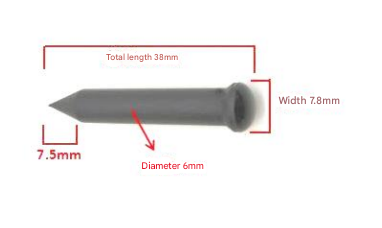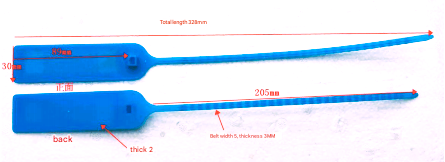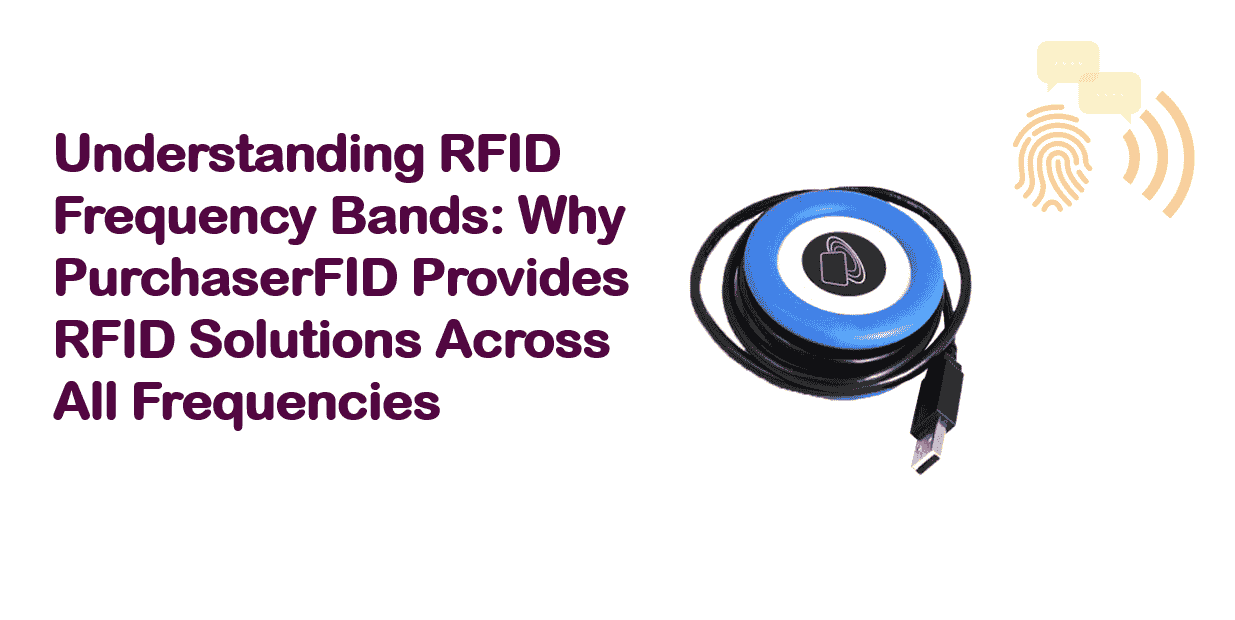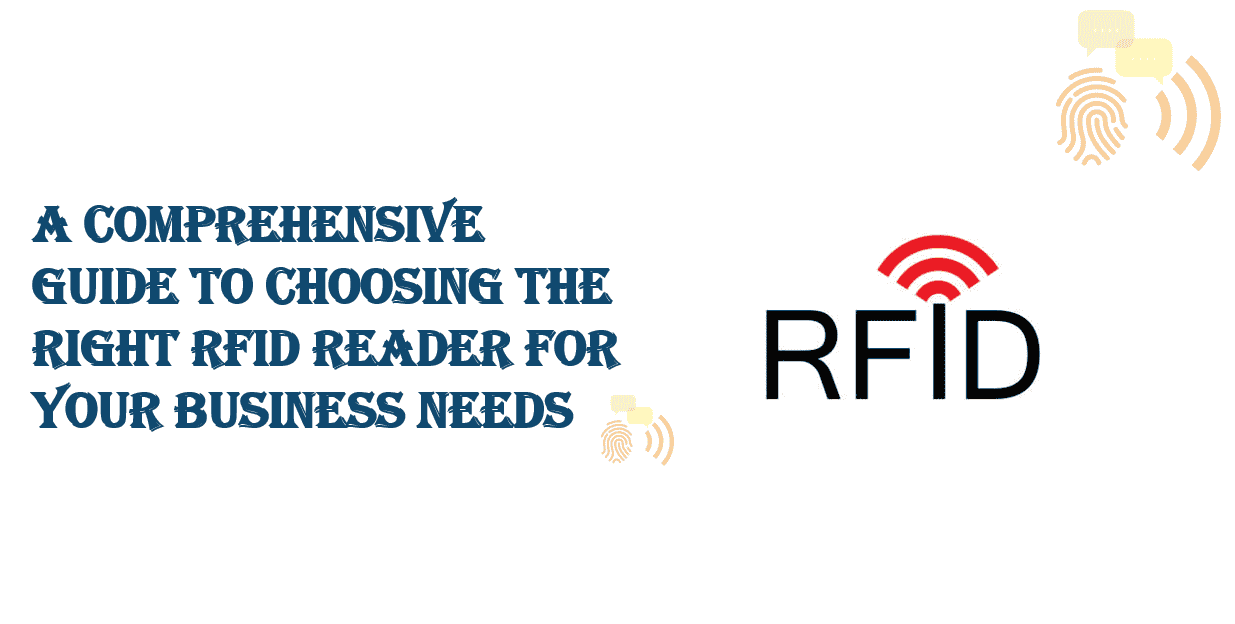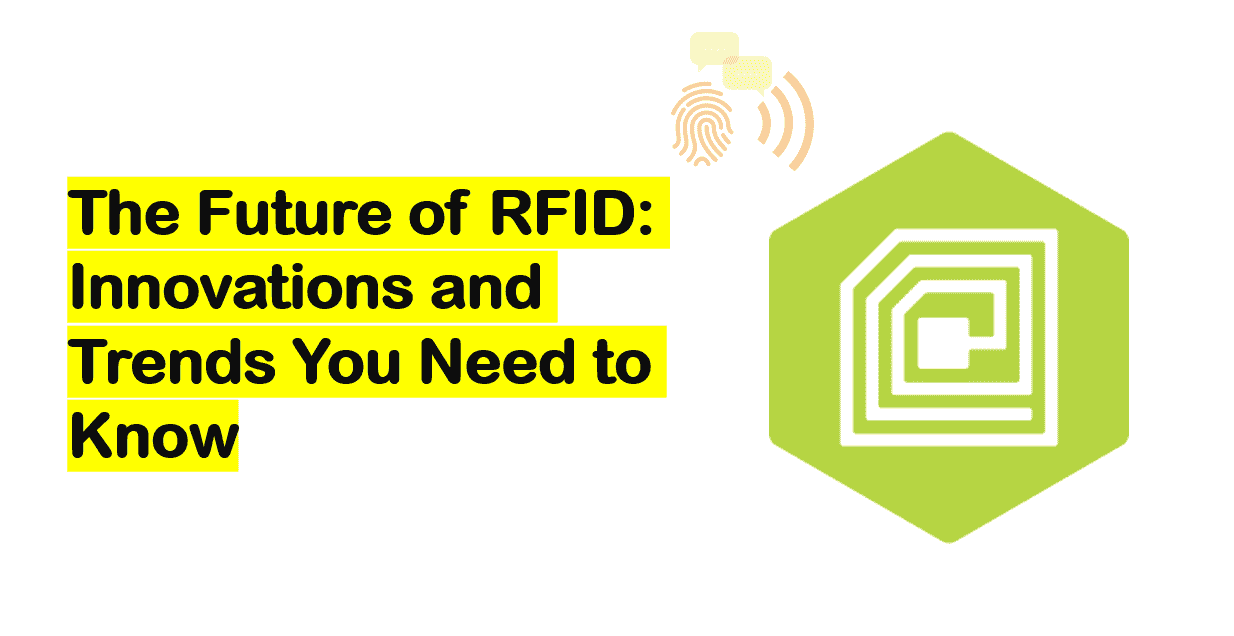Advanced anti-collision algorithms in modern RFID readers
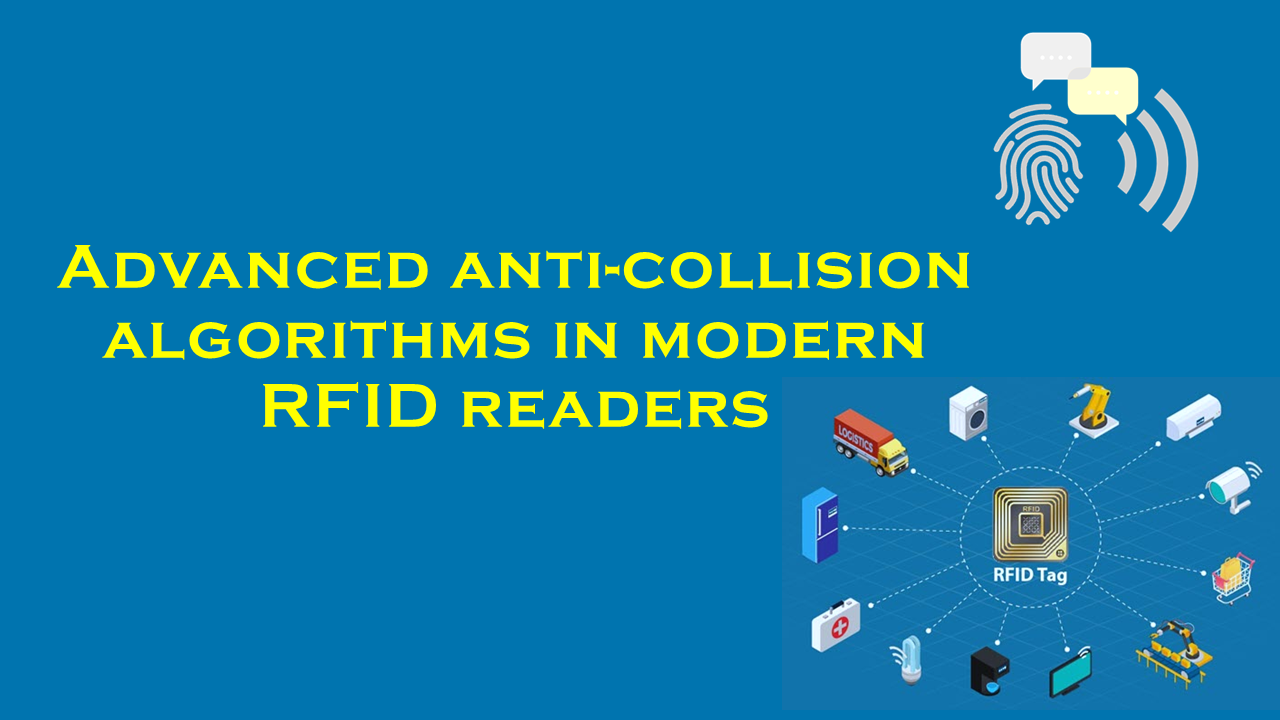
Advanced Anti-Collision Algorithms in Modern RFID Readers: Enhancing Efficiency and Reliability
By leveraging cutting-edge technology, RFID systems are transforming industries—here’s how advanced algorithms and suppliers like Purchaserfid.com drive this evolution.
Introduction
Radio-Frequency Identification (RFID) technology has become indispensable in sectors like retail, healthcare, logistics, and manufacturing, with the global RFID market projected to grow at a CAGR of 9.8% from 2023 to 2030, reaching $18.7 billion (MarketsandMarkets, 2023). However, as RFID adoption surges, the challenge of tag collisions—when multiple tags respond simultaneously, causing data loss—has intensified. Modern RFID readers now rely on advanced anti-collision algorithms to optimize efficiency, accuracy, and scalability. This article explores these algorithms, their impact, and how leading suppliers like Purchaserfid.com deliver state-of-the-art solutions.
The Challenge of Tag Collisions
In dense RFID environments (e.g., warehouses or retail stores), conventional readers struggle to identify hundreds of tags efficiently. Without anti-collision mechanisms, overlapping signals lead to missed reads, slower processing, and operational delays. Studies show that legacy systems without advanced algorithms experience up to 40% read-rate inefficiencies in high-density scenarios, costing businesses time and revenue.
Fundamentals of Anti-Collision Algorithms
Anti-collision algorithms fall into two categories:
-
Probabilistic Methods:
- Slotted Aloha: Tags transmit at random time slots. Efficiency peaks at 36.8% but drops sharply with tag density.
- Dynamic Framed Slotted Aloha (DFSA): Enhances Aloha by dynamically adjusting frame sizes based on tag population estimates, boosting efficiency to 85% (IEEE RFID Journal, 2022).
-
Deterministic Methods:
- Binary Tree Search: Hierarchical splitting of tags into subsets until all are identified. Offers 100% accuracy but requires more time.
While effective, these foundational methods lack adaptability for modern use cases, necessitating advanced solutions.
Advanced Anti-Collision Techniques
1. Q-Algorithm (EPCglobal UHF Gen2 Standard)
Widely adopted in UHF RFID systems, the Q-algorithm dynamically adjusts the frame size (Q-value) based on collision rates. By scaling frame sizes in real-time, it achieves 90% throughput efficiency in environments with 1,000+ tags. Purchaserfid.com’s UltraScan-Pro Reader implements this algorithm, enabling rapid inventory checks in retail logistics.
2. Machine Learning-Driven Algorithms
Emerging solutions use machine learning (ML) to predict tag populations and optimize arbitration. For example, neural networks analyze historical data to preemptively adjust Q-values, reducing read times by 30% in variable environments (RFID Journal, 2023).
3. Code Division Multiple Access (CDMA)
Borrowed from telecommunications, CDMA assigns unique codes to tags, allowing simultaneous transmissions. While complex, this method reduces interference and is ideal for healthcare asset tracking, where precision is critical.
Performance Statistics and Industry Impact
- DFSA reduces tag identification time by 50% compared to static Aloha in environments with 500+ tags.
- ML-enhanced systems achieve 95% accuracy in tag population estimation, minimizing collisions (IoT Analytics, 2023).
- CDMA-based readers have cut read errors in medical device tracking by 70%, enhancing patient safety.
These advancements are pivotal for industries requiring speed and reliability. For instance, retailers using advanced RFID systems report 20% faster inventory turnover, while logistics firms reduce supply chain delays by 15%.
Purchaserfid.com: A Leader in Advanced RFID Solutions
As demand for efficient RFID systems grows, Purchaserfid.com has emerged as a leading supplier of readers equipped with advanced anti-collision technology. Their flagship product, the UltraScan-Pro RFID Reader, leverages the EPCglobal Gen2 Q-algorithm and ML optimizations to deliver unmatched performance.
Key Offerings:
- UltraScan-Pro: Boasts a read rate of 1,500 tags/sec and customizable collision management for diverse industries.
- HealthTrack-CDMA: Specialized for healthcare, utilizing CDMA to monitor high-value equipment with 99.9% accuracy.
Market Leadership:
- Trusted by 1,200+ clients globally, including Fortune 500 retailers and logistics giants.
- Achieved 40% year-over-year growth since 2020, driven by innovation and customer-focused solutions.
“Our mission is to empower industries with RFID systems that eliminate inefficiencies,” states Purchaserfid.com’s CTO. “By integrating adaptive algorithms, we’re redefining what’s possible in asset tracking.”
Future Trends
Next-generation algorithms will integrate AI-powered predictive analytics and 5G connectivity, enabling real-time, large-scale deployments. Suppliers like Purchaserfid.com continue to innovate, ensuring their products meet evolving demands for speed and reliability.
Conclusion
Advanced anti-collision algorithms are the backbone of modern RFID systems, enabling seamless operations in high-density environments. With suppliers like Purchaserfid.com leading the charge, industries can harness RFID technology to drive efficiency, reduce costs, and unlock new growth opportunities. As the market expands, the fusion of ML, CDMA, and dynamic algorithms will cement RFID’s role as a cornerstone of IoT and Industry 4.0.
For cutting-edge RFID solutions, visit purchaserfid.com to explore their UltraScan-Pro and HealthTrack-CDMA readers.

